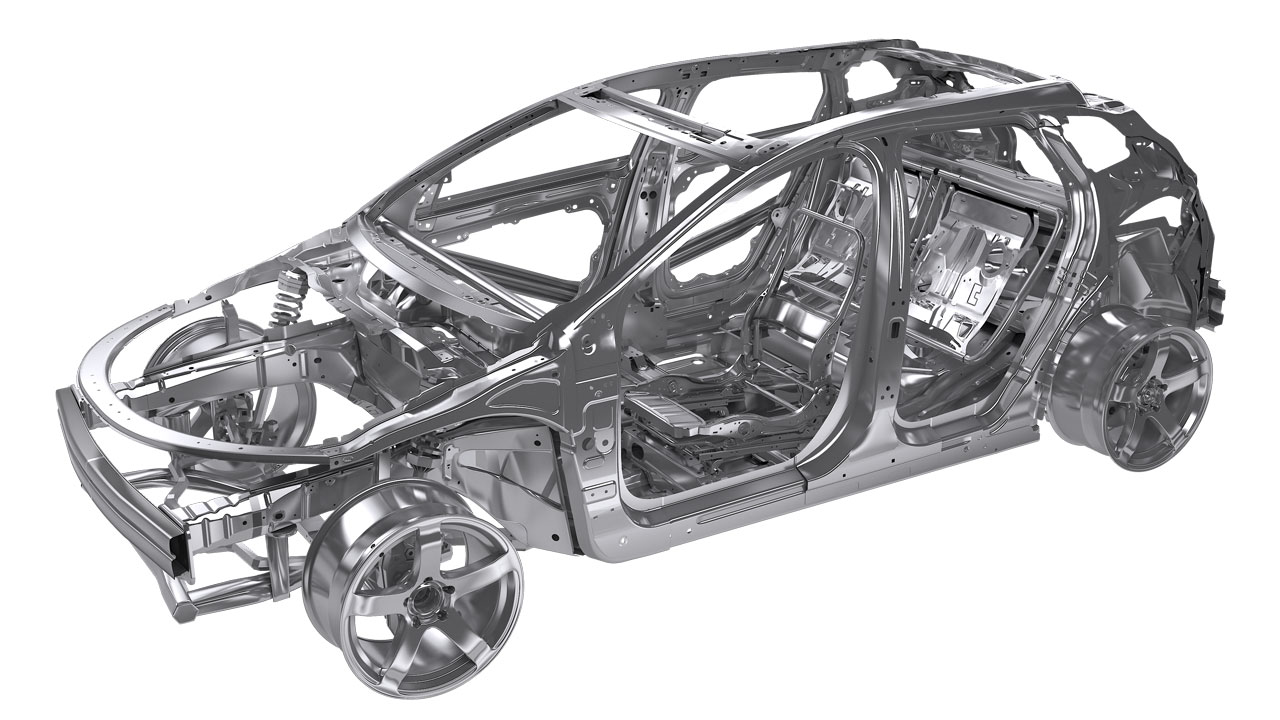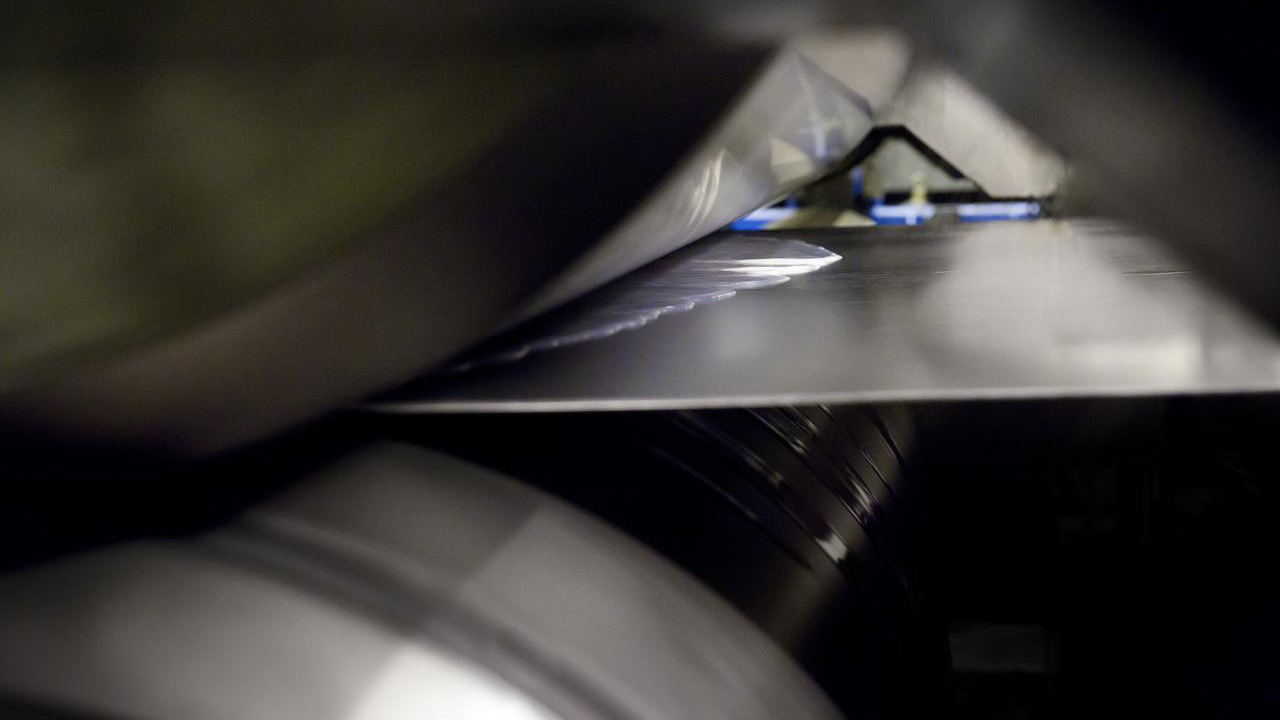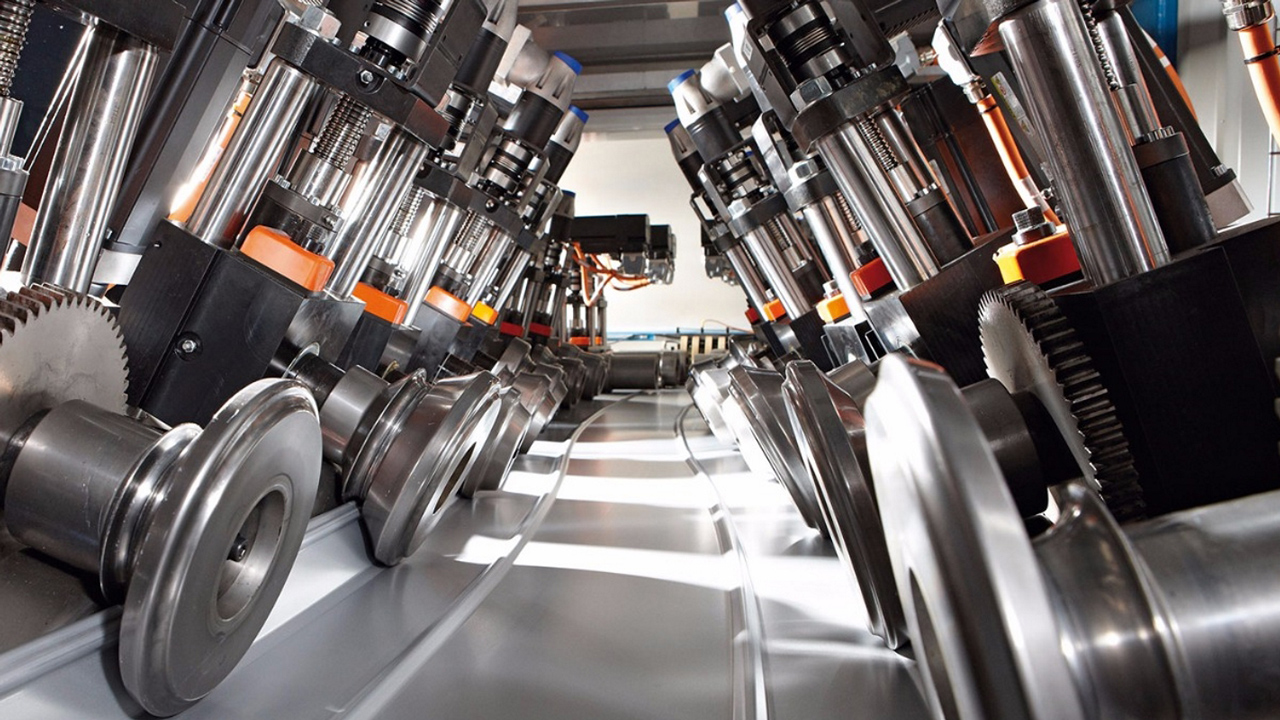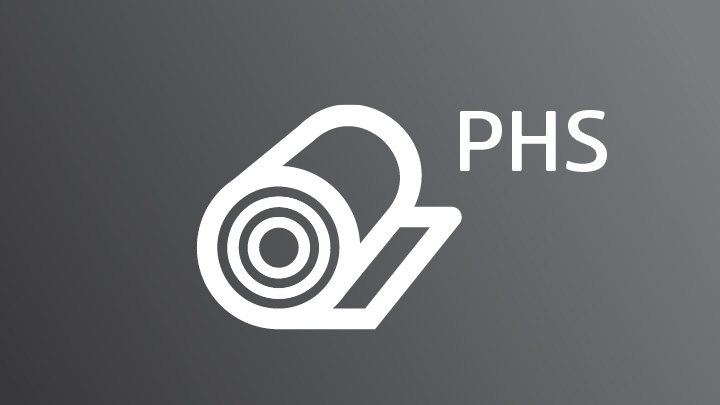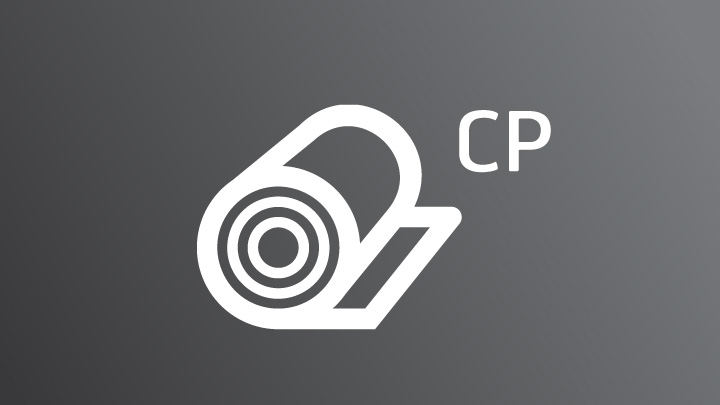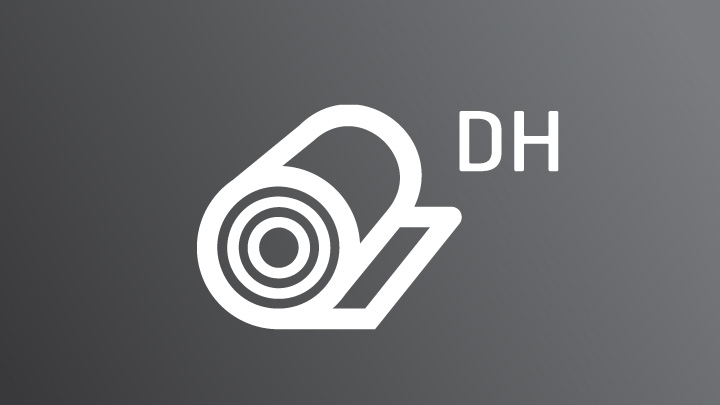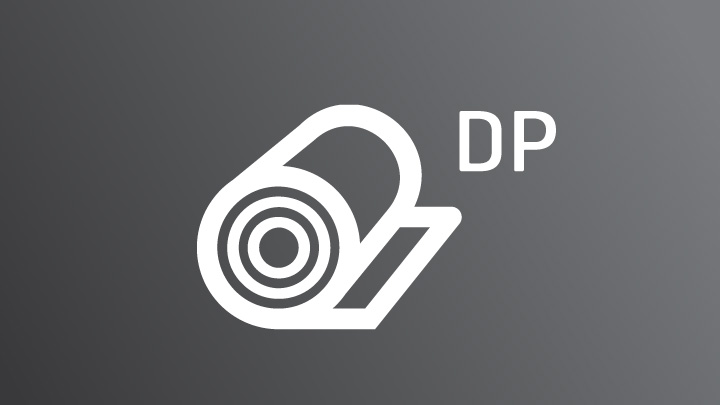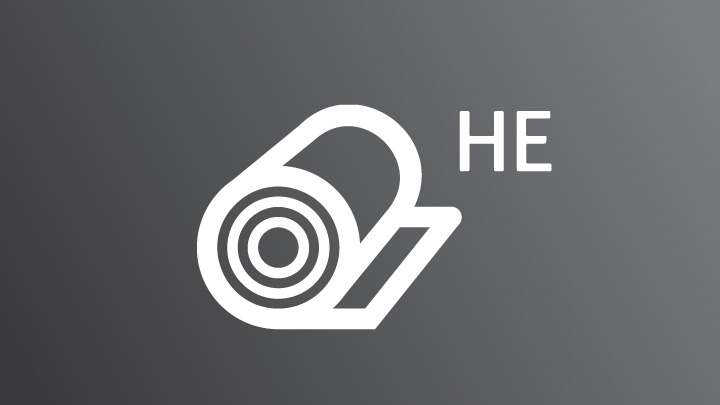High strength, low alloy (HSLA) steels for cost-effective automotive lightweighting
High strength, low alloy steels are a cost-effective choice for increasing strength-to-weight ratios when compared to conventional mild carbon steels. HSLA steels also have excellent bendability and weldability and can increase the strength and/or decrease the weight for a variety of body-in-white and chassis automotive components, including suspensions, beams, and subframes.
